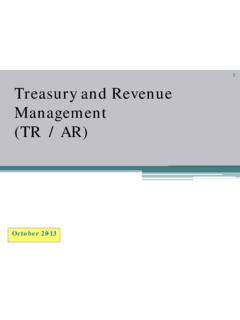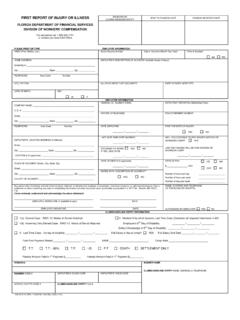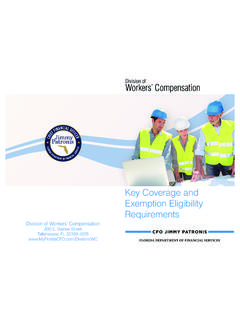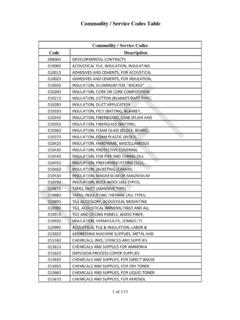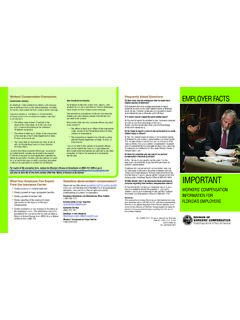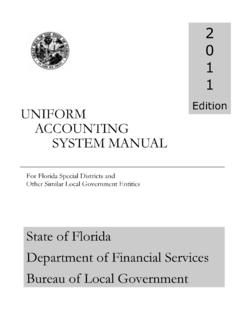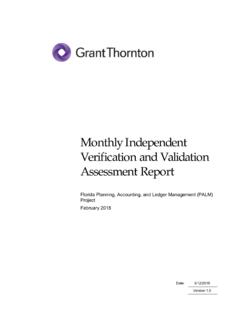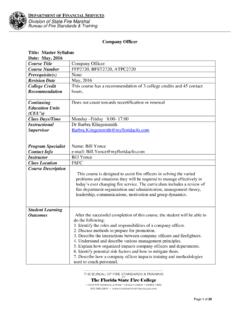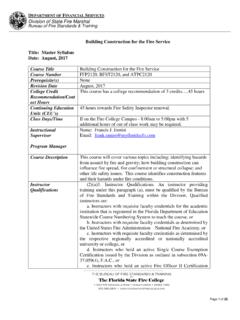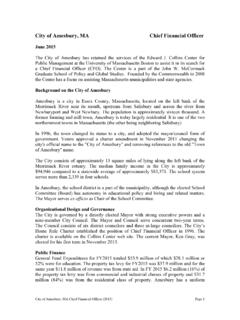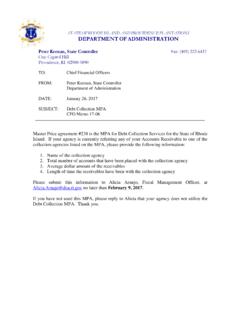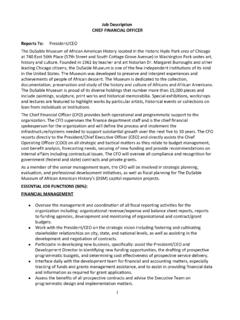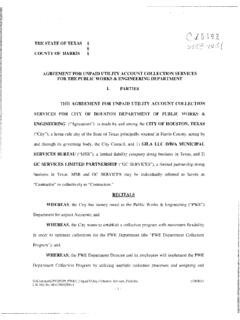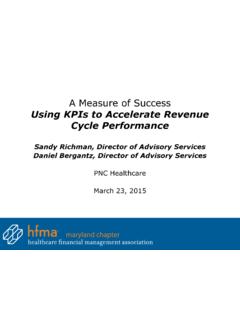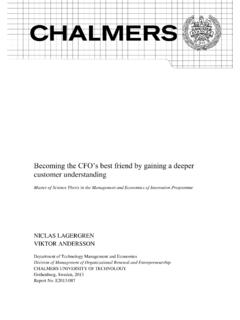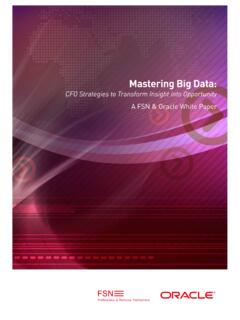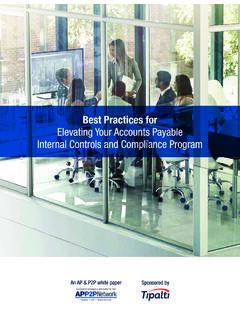Transcription of New Agency Guide - Florida Department of Financial Services
1 New Agency Guide January 2018 New Agency Guide Florida Department of Financial Services 2 Division of Accounting and Auditing January 2018 Table of Contents NEW Agency Guide .. 1 OVERVIEW .. 3 How to Use this Guide .. 5 Priority Levels .. 6 SUMMARY OF TASKS .. 7 Stage 1 .. 7 General .. 7 Chart of Accounts .. 9 Cash Management .. 11 Customers, Employees, and Vendors .. 14 Payment Processing .. 16 Stage 2 .. 20 Cash Management .. 20 Receipts, Receivables, and Revenues .. 21 Customers, Employees, and Vendors .. 21 Payment Processing .. 22 Grant Awards, Projects, and Contracts .. 22 Financial Reporting .. 25 APPENDICES .. 26 A - Task Table .. 26 B Forms .. 27 C References .. 30 D - Resources .. 32 E Acronyms .. 36 F Contact Information .. 37 New Agency Guide Florida Department of Financial Services 3 Division of Accounting and Auditing January 2018 Overview The creation of a new state Agency through merger or reorganization of an existing state Agency requires coordinated efforts of multiple entities, including the Legislature, the affected state Agency or agencies, the Department of Financial Services (DFS), the Office of Planning and Budget (OPB), and the Department of Management Services (DMS).
2 There are many steps involved for a new State entity to be fully operational by the intended effective date. To promote a successful and timely transition, many of the steps must be completed in successive order. This New Agency Guide is intended as a resource for individuals responsible for the administrative tasks of creating a new State entity. The scope of this Guide includes critical tasks for Financial management and the State s accounting system. This Guide focuses on those tasks that are required for an Agency to make payments, process receipts, hire and pay employees, procure goods and Services , and for the Department of Financial Services to meet the accounting and reporting requirements. The New Agency Guide includes a description of the tasks, references to the applicable authority, and links to guidance, as applicable. This New Agency Guide is organized into three sections: Overview, Summary of Tasks, and Appendices.
3 The Summary of Tasks section is made up of two stages. Stage 1 identifies the tasks that must be complete before Agency operations begins. Stage 2 outlines the tasks that can be completed at any time, but are usually necessary within the first six weeks after Agency operations begins. The timing of the completion of the tasks, and priority ( , high, medium, and low) of those tasks are identified within each stage. Entities impacted should remain in close contact with the agencies with enterprise-wide responsibility, such as DFS, OPB, and DMS, during the crucial periods outlined in this document to facilitate the timely completion of all critical tasks for a smooth transition. Leadership in the affected agencies will need to identify a primary contact to coordinate the completion of all applicable tasks. METHOD OF REORGANIZATION Section , Florida Statutes- (1) Type One Transfer A type one transfer is the transferring intact of an existing Agency or Department so that the Agency or Department becomes a unit of another Agency or a Department .
4 (2) Type Two Transfer. A type two transfer is the merging into another Agency or Department of an existing Agency or Department or a program, activity, or function thereof or, if certain identifiable units or subunits, programs, activities, or functions are removed from the existing Agency or Department , or are abolished, it is the merging into an Agency or Department of the existing Agency or Department with the certain identifiable units or subunits, programs, activities, or functions removed therefrom or abolished. New Agency Guide Florida Department of Financial Services 4 Division of Accounting and Auditing January 2018 The last section, Appendices, has several lists and tables and are used as resource materials that are relevant to the tasks described in the Summary of Tasks section. These lists and tables may be helpful in building your own project task lists.
5 Several information technology systems are used in the set-up of the new Agency or merger of existing agencies. These systems comprise the components of the Florida Financial Management Information Systems (FFMIS), pursuant to Section , Florida Statutes. The following table describes each FFMIS system and its function. SYSTEM OWNER FUNCTION Cash Management System (CMS) Department of Financial Services (DFS) The Division of Treasury (the Treasury) receives and disburses funds, invests available balances, performs related accounting functions, cash management operations, and consultations. The Treasury operates separate systems (collectively known as the CMS) to carry out its responsibilities of monitoring cash levels and activities in State bank accounts, for keeping detailed records of cash transactions and investments for State agencies, and paying of warrants and other disbursements issued by the chief Financial officer (CFO).
6 Florida Accounting Information Resource (FLAIR) Department of Financial Services (DFS) FLAIR is a double entry, computer-based, general ledger accounting system, which is utilized to perform the State's accounting and Financial management functions. Section , Florida Statutes, designates DFS as the functional owner of FLAIR, responsible for its design, implementation, and operation. Legislative Appropriations Systems/Planning, Budgeting System (LAS/PBS) Executive Office of the Governor (EOG) LAS/PBS is used to manage the State s budget process. The Legislature uses LAS/PBS to develop the appropriations bills and proviso. The EOG uses LAS/PBS to allocate and control budget approvals, releases, and amendments. MyFloridaMarketPlace (MFMP) Department of Management Services (DMS) MFMP is the State s eProcurement system. The system is a source for centralized procurement activities; it streamlines interactions between vendors and state government entities and provides tools to support the procurement process for the State.
7 PeopleFirst Department of Management Services (DMS) PeopleFirst is the State s web-based Human Recourse information system used for payroll preparations, time and attendance, recruitment, benefits administration, and organizational management. It is used by employees, managers, retirees, job applicants, and State human resources staff. New Agency Guide Florida Department of Financial Services 5 Division of Accounting and Auditing January 2018 How to Use this Guide This New Agency Guide , in the Summary of Tasks section, has identified 40 activities that are critical in the start-up or transfer of an entity and is organized in two stages. Stage 1 identifies critical tasks that must be complete before an Agency begins its operations. The estimated time of completion for this stage is approximately ten weeks from legislative authorization. Stage 2 identifies critical tasks that may be completed within six weeks after Agency operations have begun.
8 The timing of the completion of the tasks, and priority ( , high, medium, and low) of those tasks are identified within each stage. Priority Levels are discussed in more detail in the next sub-topic. Each stage is organized by topic and priority. Within each stage, the tasks will be grouped by the following 8 topics: General Chart of Accounts Cash Management Receipts, Receivables, and Revenues Customers, Employees, and Vendors Payment Processing Grant Awards, Projects, and Contracts Financial Reporting Each topic will include a task or group of tasks that share a commonality. Information for each task will include the details below: Background: Significance: Action Required: Form: Authority: Guidance: Owner: Priority: If an item is not applicable for a particular task it will be marked N/A, for example, not all tasks will require a Form to be completed therefore this item will be marked N/A.
9 Additionally, some of the tasks identified in the New Agency Guide may not be applicable to the new Agency . The Appendices provides a compilation of resources to make the task of starting or transferring a new entity easier. Found is a simplified task table, a links to all the forms, manuals, laws, New Agency Guide Florida Department of Financial Services 6 Division of Accounting and Auditing January 2018 memos, and statutes that are referenced in the New Agency Guide . There is also a list of acronyms for those who might be new to this process, and contact information. Priority Levels The estimated duration to complete these administrative tasks varies greatly. Some tasks should be started earlier in the process due to longer implementation and completion periods. For this reason, there are three priority levels that are used to describe the critical tasks within each stage of the transition.
10 These priorities are described as high, medium, and low, and are intended to describe the significance for the sequence of completion. While some flexibility exists regarding the timing of the completion of these tasks, for the duration of the project, the Agency contacts should remain in communication with DFS to maintain a smooth transition process. The following chart is a high-level look at the tasks that must be completed in each stage and the priority assigned to each task. # STAGE 1 TASKS PR 1 Key Contacts H 2 Agency Identification - Tax Identification Number (TIN) H 3 Agency Identification - Operating Level Organization (OLO) H 4 Essential Accounting Codes H 5 Cash Control H 6 Site Records H 8 Clearing and Revolving Accounts Outside Treasury or Other Banking Services H 9 Concentration Account-Bank Deposits H 10 Consolidated Revolving Account (CRA) H 15 PeopleFirst H 20 ePayments Credit Card and ACH H 21 Purchasing Card (PCard) H 22 MyFloridaMarketPlace (MFMP) H 7 Fund Classification M 11 Deposit Slips/Stamps M 12 Revolving Funds M 16 Default Payroll Account Code M 17 Special Category Account (Payroll Indicators) M 18 Authorizations Payroll M 23 Authorizations - Voucher Signature Cards M 24 Authorizations - Warrant Release M 25 Garnishment Adjustments M 13 Trust Fund Investments L 14 Cash Management Improvement Act (CMIA)
